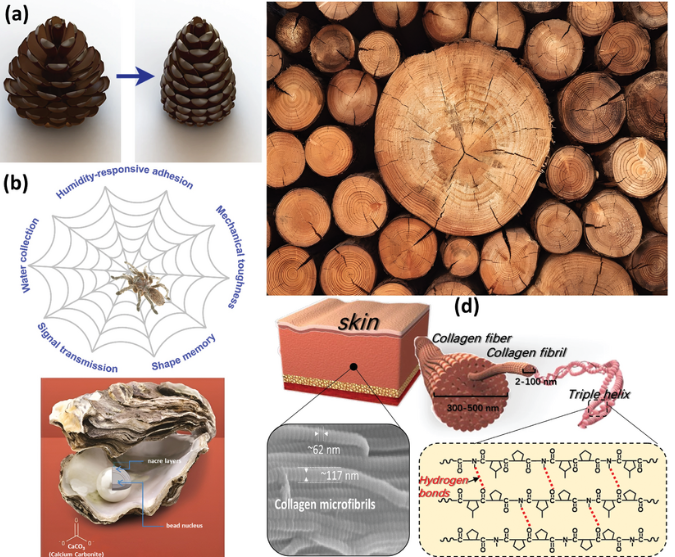Unveiling the Transformative Role of Additive Manufacturing in Digital Engineering
- anikshakar6
- Nov 29, 2023
- 2 min read

Additive manufacturing, commonly known as 3D printing, plays a crucial role in digital engineering across various industries. Here's an in-depth look at its significance:
Design Flexibility:
- Complex Geometries: Additive manufacturing enables the creation of intricate designs that traditional manufacturing methods might find challenging or impossible to produce.
- Rapid Prototyping: It allows for quick iterations and modifications in the design phase, reducing time-to-market for new products.
- Customization: Each item can be personalized without significantly impacting production costs, ideal for creating bespoke products or parts.
Material Innovation and Optimization:
- Material Diversity: Additive manufacturing offers a wide range of materials, including polymers, metals, ceramics, and composites, opening doors for material experimentation and innovation.
- Lightweighting: Engineers can optimize designs by using materials more efficiently, reducing weight while maintaining structural integrity, crucial in aerospace, automotive, and other industries.
Supply Chain Efficiency:
- Localized Manufacturing: 3D printing allows for distributed manufacturing, reducing reliance on centralized production facilities and enabling local production.
- Inventory Management: On-demand production minimizes inventory needs, reducing storage costs and mitigating risks associated with overstocking or obsolescence.
### Digital Workflow Integration:
- Digital Twin Creation: Additive manufacturing contributes to the development of digital twins—virtual replicas of physical objects—which aid in simulation, testing, and predictive maintenance.
- CAD-CAM Integration: Seamlessly integrating Computer-Aided Design (CAD) and Computer-Aided Manufacturing (CAM) streamlines the entire production process, enhancing efficiency and accuracy.
Industry-Specific Applications:
- Healthcare: Custom implants, prosthetics, and patient-specific medical devices are produced with additive manufacturing, improving patient outcomes.
- Automotive and Aerospace: Lightweight, high-performance parts are designed and manufactured, enhancing fuel efficiency and performance.
- Consumer Goods: Customized products and small-batch manufacturing cater to individual preferences.
Sustainable Manufacturing:
- Material Efficiency: Additive manufacturing minimizes material waste compared to subtractive manufacturing techniques.
- Localized Production: Reducing transportation needs by manufacturing closer to the point of use contributes to lower carbon footprints.
Additive manufacturing's integration into digital engineering represents a transformative shift, offering unparalleled design freedom, material innovation, and efficiency gains across industries, revolutionizing the way products are conceived, designed, and manufactured.




Comments